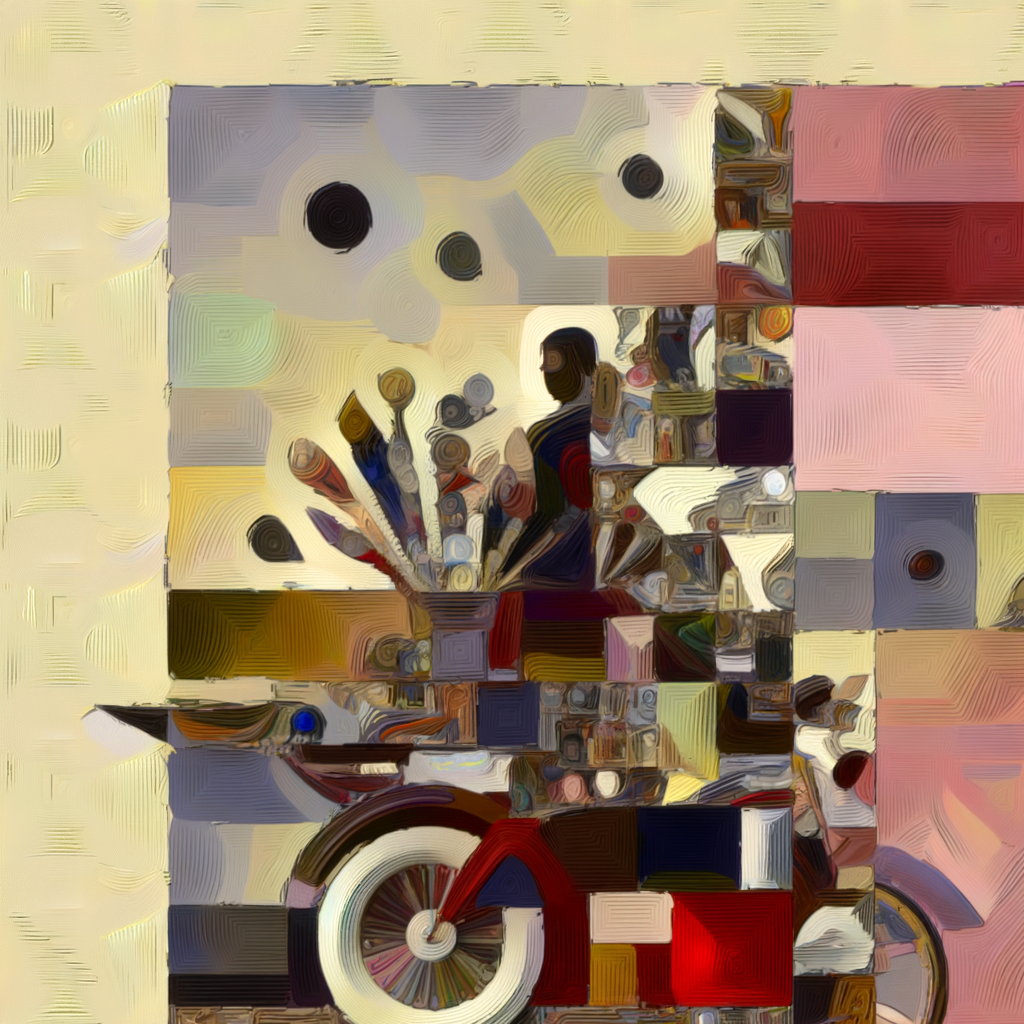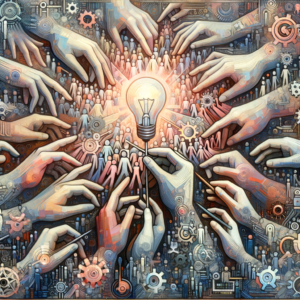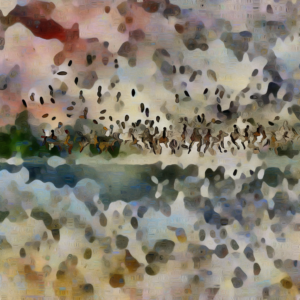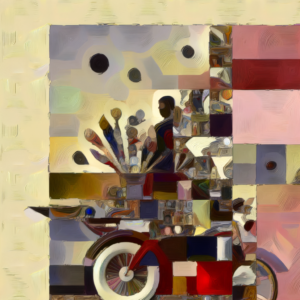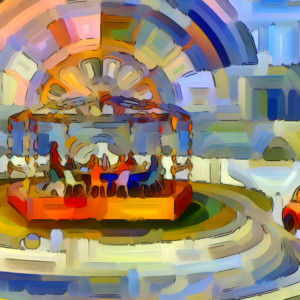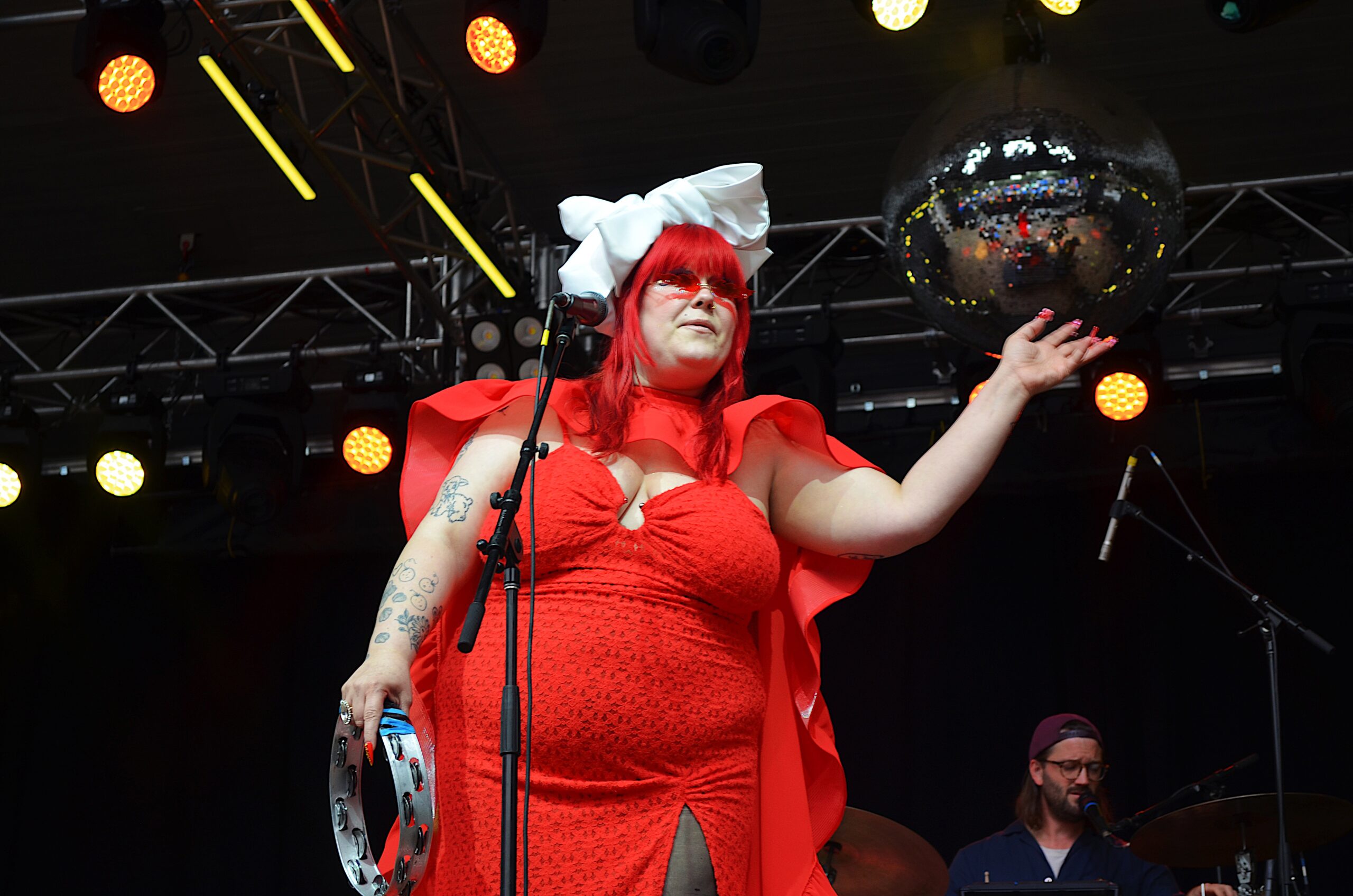> Part 2 of the Innovation Incubators: Cultivating the Culture of Tomorrow series
Step into a world where the boundaries between the digital and the physical blur into one seamless experience—a world curated by augmented reality (AR) and virtual reality (VR). As we continue our journey through “Innovation Incubators: Cultivating the Culture of Tomorrow,” we explore technologies that are redefining cultural landscapes and reshaping the nature of storytelling and participation.
Gone are the days when reality was confined to what we could touch or see with the naked eye. Augmented and virtual realities are now powerful tools in the cultural zeitgeist, opening avenues previously limited to science fiction. From gaming and theater to heritage and museum exhibitions, these immersive technologies allow users to step into alternate universes just by donning a VR headset or viewing through an AR app.
Perhaps no other industry has embraced VR with as much gusto as gaming. The introduction of devices like Oculus Rift, HTC Vive, and PlayStation VR has brought interactive gaming experiences to new, dizzying heights. Players can now engage in worlds that react in real-time to their actions, offering an intense level of engagement and personalization. This elevated form of interaction extends far beyond gaming, seeping into theater and cinematic experiences. Productions now frequently incorporate VR to enhance narratives, making audiences part of the performance rather than mere observers.
Augmented reality, meanwhile, is bridging the gap between the tangible world and digital information. Platforms like Pokémon Go and Microsoft’s HoloLens have demonstrated how AR can blend digital elements into our everyday environments, creating interactive layers on top of the physical landscape. One of the most significant applications of AR technology is in heritage preservation and education. Institutions like the British Museum are utilizing AR to provide visitors with enriched historical contexts, transforming a tour into an engaging learning experience that overlays the past onto the present.
The implications of AR and VR, however, extend beyond entertainment and education. These technologies are redefining how we understand and convey cultural narratives, potentially democratizing access to cultural assets worldwide. Yet, amidst this transformation, ethical considerations such as digital equity, data privacy, and the potential for socio-cultural disruptions remain hot topics of debate.
Despite these challenges, the potential of AR and VR to revolutionize cultural participation is immense. As these technologies evolve, they promise to fabricate spaces where imagination and reality converge, offering individuals an unprecedented connection to the cultural fabric of society .
As these virtual gates swing open, inviting broader participation in culture, they pose questions about ownership, authenticity, and our ever-evolving relationship with digital interfaces. What does the future hold when reality becomes as malleable as our wildest dreams? We stand at the precipice of a new era—where reality is no longer grounded solely in physics but in the digital realms waiting to be explored.
Recent Posts songplode culture | Cultural Innovation
- The Democratization of Creation – Crowdsourced and Open Source CultureThe dismantling of creative barriers through crowdsourced and open-source platforms is revolutionizing cultural production. Global collaboration democratizes cultural narratives, fostering diversity, inclusion, and dynamic innovation.
- The New Epicureanism – Advances in Culinary TechnologyThe fusion of technology and cuisine is redefining food with innovations like lab-grown meats and molecular gastronomy, raising ethical and cultural questions while expanding culinary possibilities. How will this shift impact sustainability and heritage?
- Remixing Reality – Augmented and Virtual Realities in CultureAugmented and virtual reality are dismantling the traditional bounds of culture, offering immersive storytelling and participation. As digital and physical realms converge, they redefine narratives while sparking debates on ethics and authenticity.
- Storytelling in the Metaverse – Immersive Narratives in Virtual RealityVirtual reality is transforming storytelling into an immersive experience, blending audience and participant roles within the Metaverse. This narrative revolution impacts literature, gaming, education, and therapy, reshaping reality’s fabric.

